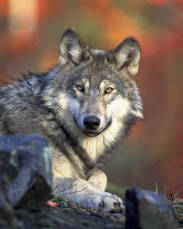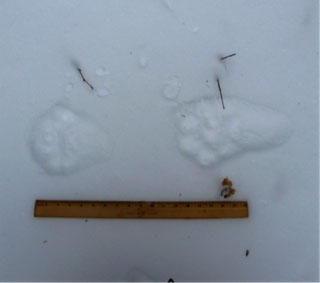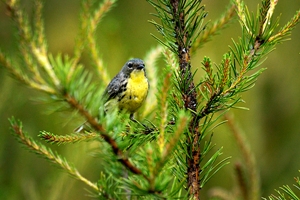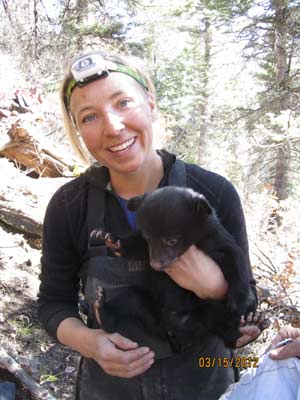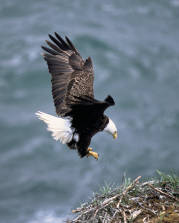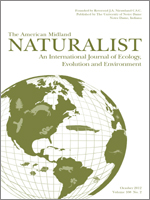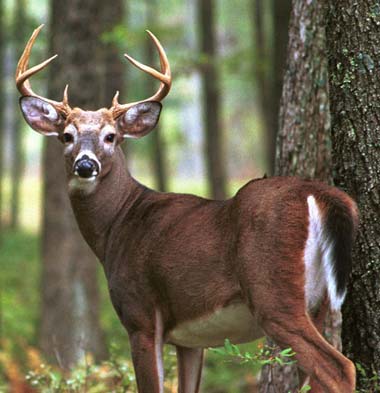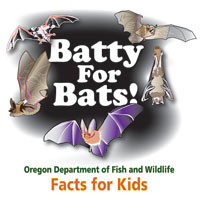 In the spirit of the season, here’s a Mountain West Voices profile of the Montana-based Owl Research Institute, an independent research institute. It briefly mentions a saw-whet owl study the institute is conducting.
In the spirit of the season, here’s a Mountain West Voices profile of the Montana-based Owl Research Institute, an independent research institute. It briefly mentions a saw-whet owl study the institute is conducting.
It’s a podcast, and about five minutes long. Find the Mountain West Voices piece here.
For bats, there is a press release from the Oregon Department of Fish and Wildlife pointing out that while bats are a symbol of Halloween, bats in Oregon (and in the northeastern US too) are either hibernating or migrating to warmer places to spend the winter. It includes lots of Oregon bat facts and links to further information.
From Bat Conservation International, here’s a link to an article on bat folklore. The article is 20 years old, but the folklore hasn’t changed. (And I just have to mention that the “ball game” mentioned in the Cherokee myth is lacrosse, or something very similar to it.)

